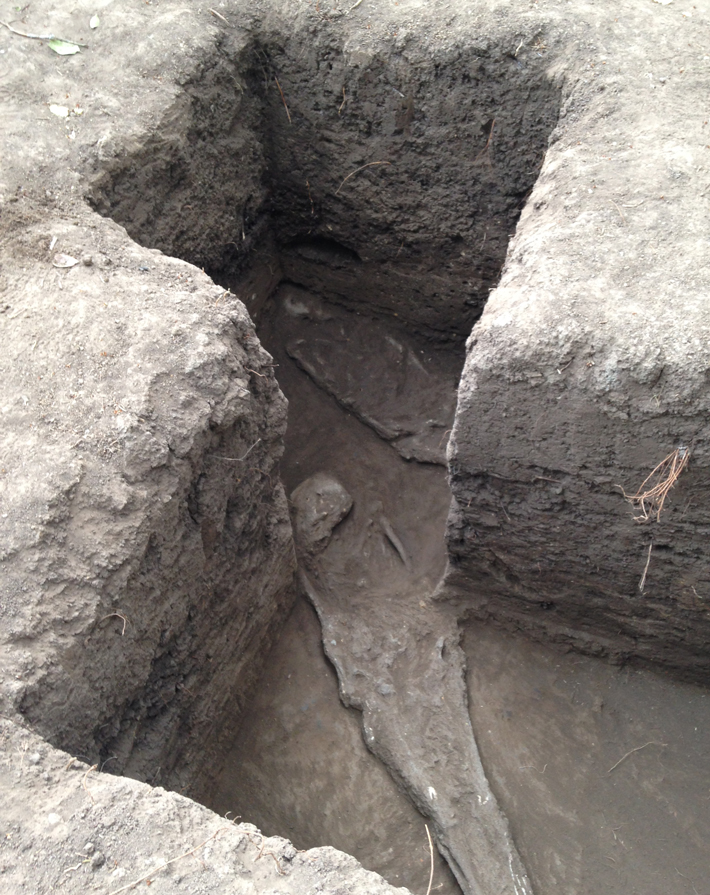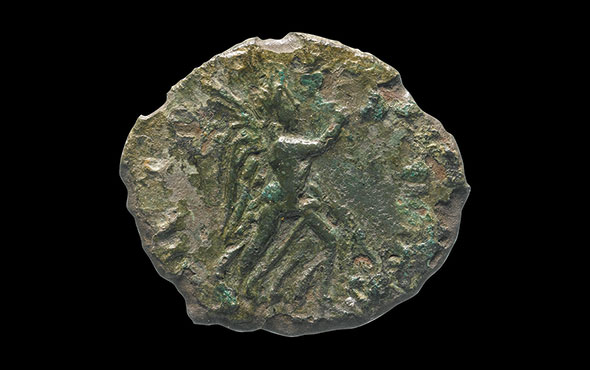

The earliest known settlements in southwestern Amazonia date to thousands of years before the rise of agriculture in the area. Researchers have found that between 10,600 and 4,000 years ago, hunter-gatherers settled for at least part of the year at sites in an expanse of tropical savanna known as the Llanos de Moxos in northern Bolivia. Led by José Capriles, an archaeologist at Penn State University, the team carried out excavations at three forest islands—wooded areas slightly elevated above the surrounding plains. There they found layers of charcoal, snail shells, and bones of animals ranging from fish and deer to snakes and armadillos.
Capriles believes that people spent a portion of each year at the forest islands, most likely during the rainy season when lower-lying areas flooded, and that they came to see the sites as home. In addition to evidence of what people ate, the team unearthed five complete human skeletons encrusted in calcium carbonate that had leached from the soil. The bones were too degraded to be dated, but appear to have been intentionally buried between 7,000 and 6,000 years ago, based on radiocarbon dating of charcoal associated with them. “If your ancestors are buried in a place, you feel a stronger connection to it and can make an argument that it’s yours,” says Capriles. “The burials may also have created a sort of social memory that tied people together in these places.”












